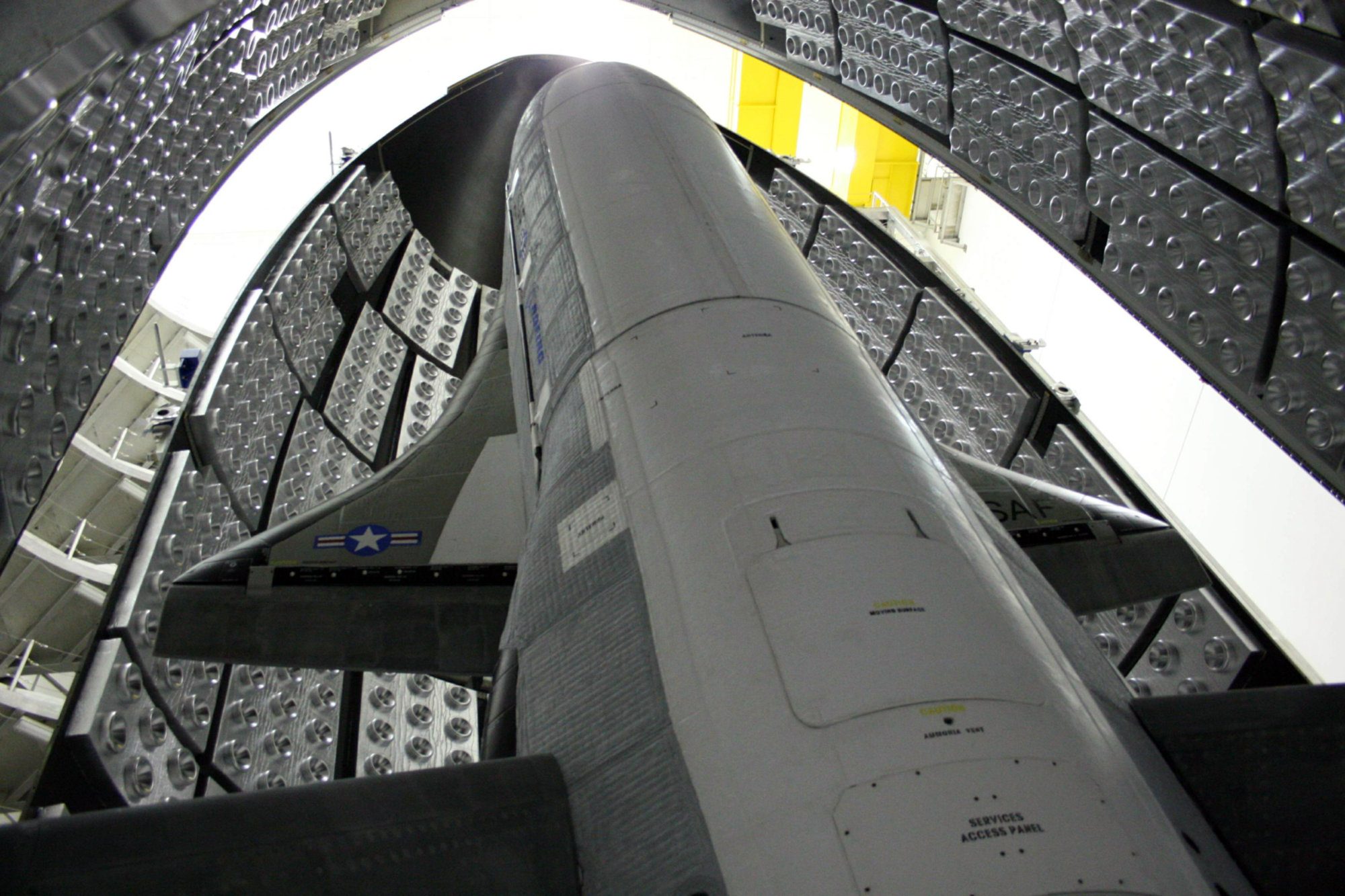Effects-Based Operations
Smart combat power is not just about projecting mass numbers of aircraft against a target. It demands harnessing key strengths and attributes to net desired goals in the most effective, efficient manner possible. For example, in the opening night of Desert Storm, twenty F-117 stealth fighters were able to strike 28 separate targets. Conversely, it took forty non-stealthy legacy aircraft to hit one target because of the need for electronic jamming aircraft, protective fighter cover, and surface-to-air missile suppression—all of which was facilitated through individual mission-specific aircraft. Not only does this drive individual mission cost, but the lifecycle expense of all the associated personnel, training, infrastructure, and support is tremendous. F-117s were often cited as “expensive” relative to the procurement figure of non-stealth legacy aircraft like the F-16, but those unit-costs are a wholly inadequate way of determining real-world fiscal drivers and pragmatic value.
Nor is this concept isolated to Desert Storm. Every military operation capability deemed “expensive” ended up affording best value and lowest total mission cost. During the opening months of Operation Enduring Freedom in Afghanistan, 24 bombers flew 11 percent of the sorties, but dropped 75 percent of munitions. These bombers are often derided as costly from an acquisition vantage, but they are incredibly cost-effective due to their long range and high payload carrying capacity. It would have taken dozens of smaller fighter aircraft, requiring significant aerial refueling support, and logistics infrastructure to net this same effect, but at many multiples of cost beyond the use of bombers.
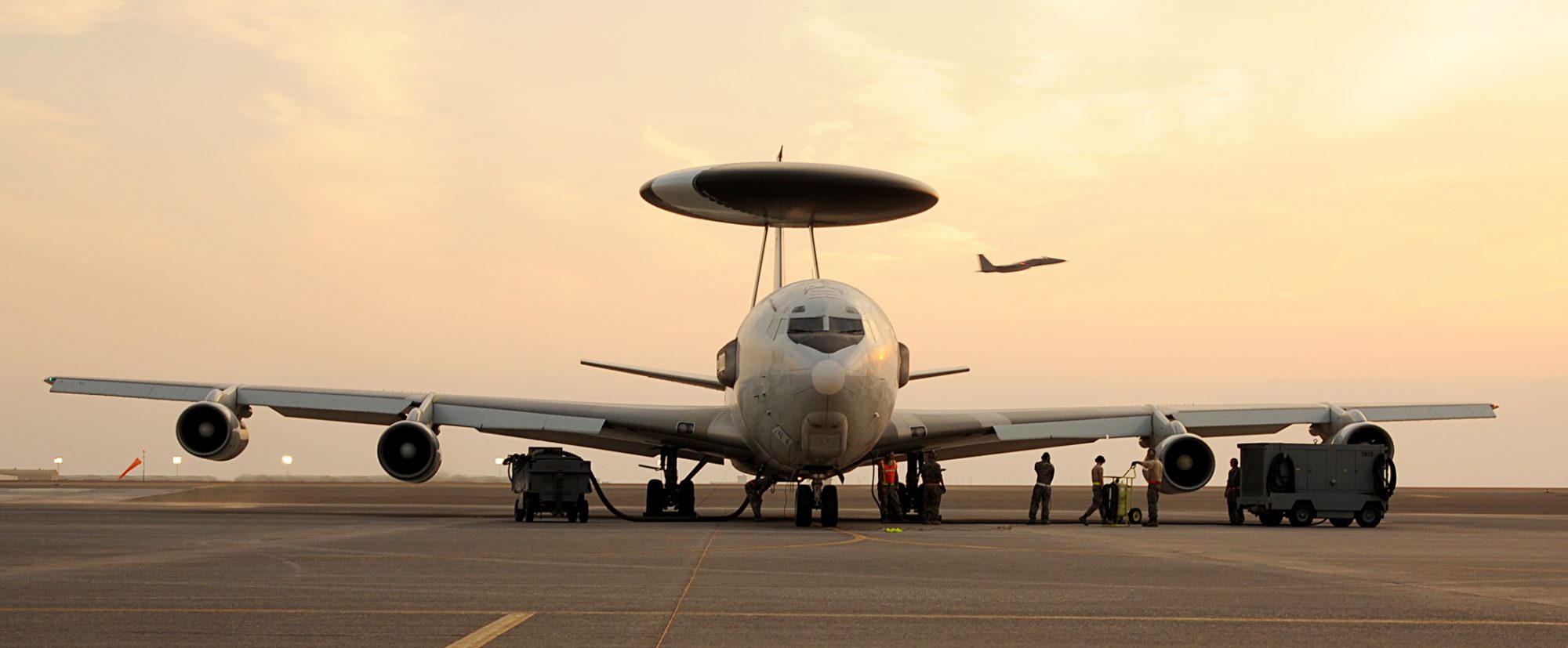
More Recently
More recently, during air operations against Syrian forces as part of Operation Inherent Resolve, two B-1B sorties could deliver more ordnance than 40 carrier-based F/A-18 Super Hornets operating from the Persian Gulf—at a fraction of the total operating cost. During the initial days of the campaign, F/A-18s, seeking to maximize range to reach their targets, carried just two GBU-38 500lb bombs per aircraft due to the need to maximize their fuel capacity. Bombers did not have to worry about these range and payload tradeoffs. That sort of power projection made them incredibly cost-effective and powerful tools. Compare the cost of a B-1B, to the cost involved with deploying and sustaining an entire aircraft carrier battle group; the personnel costs associated with all those ships and nearly a hundred aircraft to both protect the carrier and launch strikes; and the expense of that many aircraft to achieve a given effect. However, when individuals discuss bombers, they often describe them as “expensive.” Such an assessment fails to appreciate factors driving actual mission cost from a total enterprise vantage.
Seeking best mission value also involves investigating the cost and factors associated with alternate solutions. In Operation Allied Force, the 1999 Kosovo campaign, the Army sought to employ its Apache attack helicopters even though Air Force, Navy, and Marine Corps aircraft were present in the theater achieving the same effects as part of their assigned missions. Deploying 24 AH-64 Apache attack helicopters to a base in Albania took 667,000 square meters of rock to build 58 landing pads; 26,000 tons of support equipment including 24 support vans, 12 M-1 tanks, 42 Bradley Fighting Vehicles; 24 rocket defense systems; 37 utility helicopters, and 6,200 troops. Some 2,200 airlift sorties were also required to get this massive infrastructure into theater. In the end, the helicopters were never used because the conflict was over by the time they became available for operational employment. These are extremely important elements to consider when deciding how to manage various aircraft inventories. It is not just about the direct cost of a given type. Leaders must also consider what does “plan b” cost if another capability is not available. It is a lot more complicated than simply looking at initial procurement expense.
Broadly speaking, seeking best value to ensure favorable cost-per-effect and effective mission execution suggests considering the following factors:
Enterprise Cost
How much logistical support, enabling mission assets, personnel expenses, etc. do certain capabilities require to achieve a given mission effect versus another capability. One-for-one comparisons between individual aircraft are inaccurate measures of actual mission cost to achieve an equivalent effect. Broader enterprise assessments to achieve mission goals in a real-world fashion are far more realistic.
Enterprise Cost
How much logistical support, enabling mission assets, personnel expenses, etc. do certain capabilities require to achieve a given mission effect versus another capability. One-for-one comparisons between individual aircraft are inaccurate measures of actual mission cost to achieve an equivalent effect. Broader enterprise assessments to achieve mission goals in a real-world fashion are far more realistic.
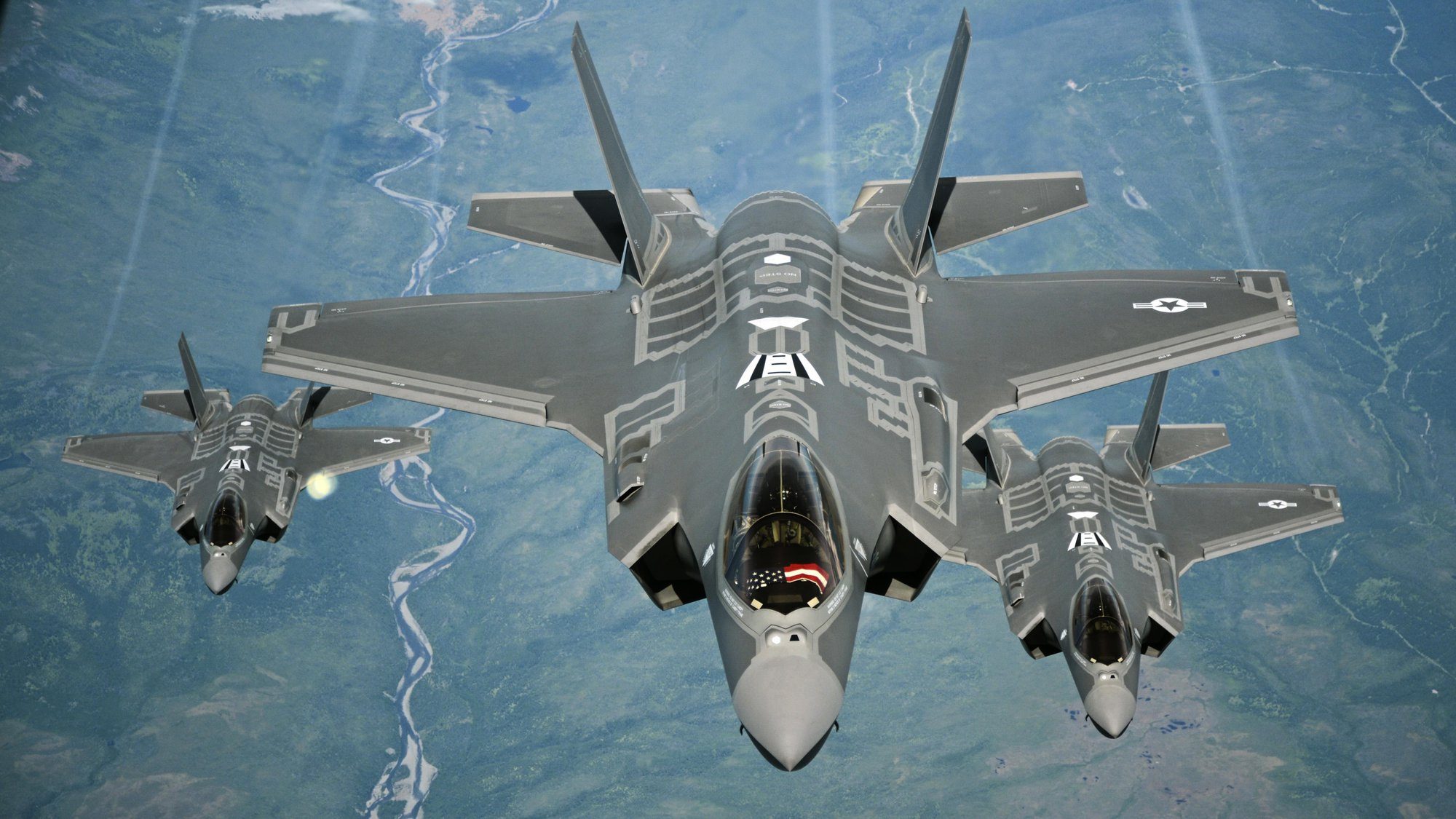
Survivability
Will an aircraft be able to successfully execute its mission and get home safe without undue support from other mission assets? A single stealthy F-35 or B-21 is far more cost-effective than the dozens of legacy, non-stealth aircraft required to achieve an equivalent effect. Added to the mission-cost advantage is also a personnel advantage, as the fewer aircraft required also means fewer personnel involved and less life at risk—the cost of aircrew attrition is enormous.
Survivability
Will an aircraft be able to successfully execute its mission and get home safe without undue support from other mission assets? A single stealthy F-35 or B-21 is far more cost-effective than the dozens of legacy, non-stealth aircraft required to achieve an equivalent effect. Added to the mission-cost advantage is also a personnel advantage, as the fewer aircraft required also means fewer personnel involved and less life at risk—the cost of aircrew attrition is enormous.

Range and Payload
The further an aircraft can fly and the more that it can carry reduces the need for aerial refueling; the multiple aircraft to carry an equivalent number of munitions; and the personnel cost and logistics support associated with larger strike packages.
Range and Payload
The further an aircraft can fly and the more that it can carry reduces the need for aerial refueling; the multiple aircraft to carry an equivalent number of munitions; and the personnel cost and logistics support associated with larger strike packages.
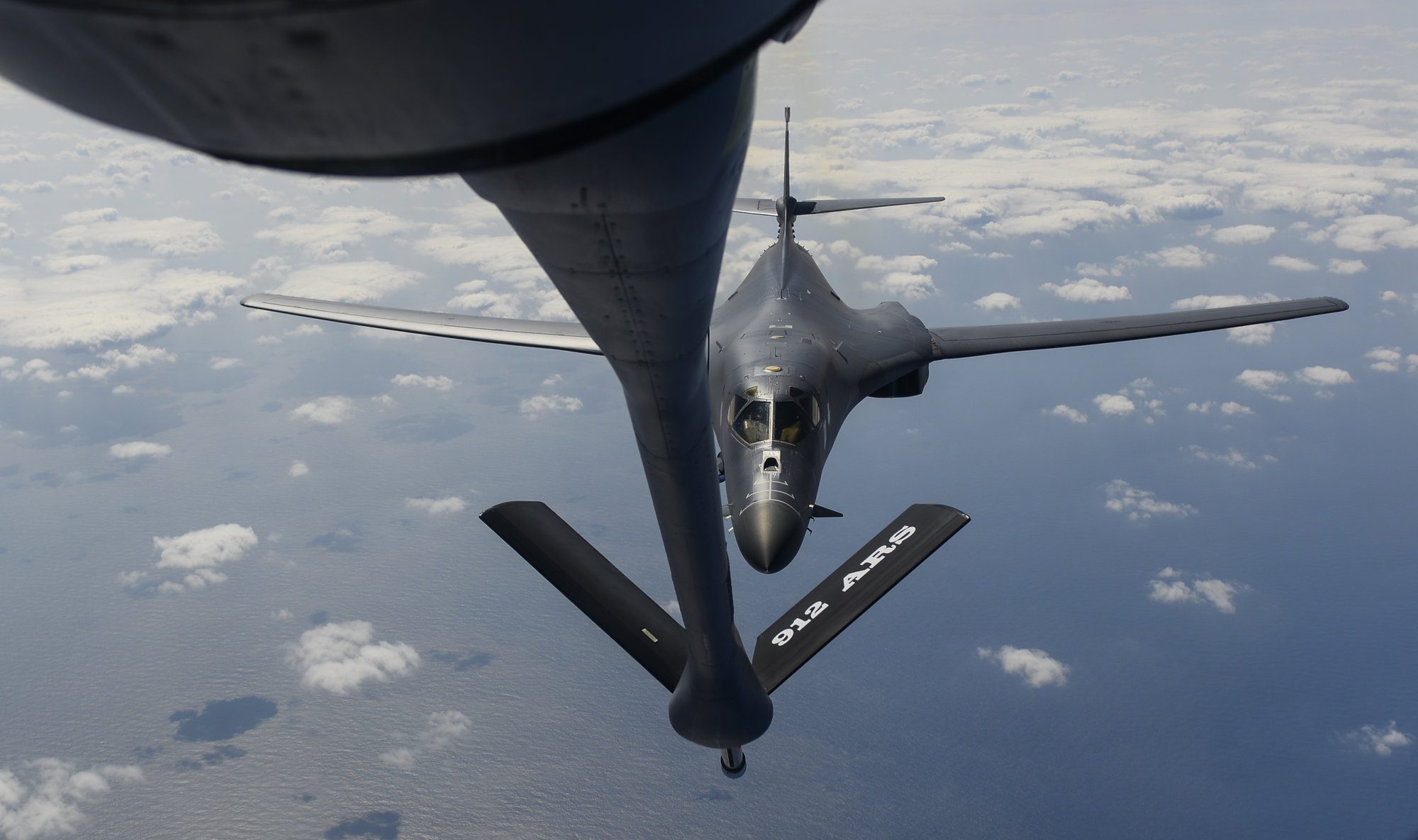
Combat Cloud
The ability for aircraft to gather data inflight, process it, collaborate with partner assets in the region, and engage in a highly dynamic fashion drives tremendous mission effectiveness and efficiency. While these technologies drive up-front investment, they also afford significant operational value. An F-35 and B-21 able to gather intelligence, surveillance, reconnaissance data through onboard sensors, process it into actionable information, and share relevant findings with mission partners drives significant mission efficiencies and boosts effectiveness versus segregated mission-specific airplanes operating in a stove-piped fashion.
Combat Cloud
The ability for aircraft to gather data inflight, process it, collaborate with partner assets in the region, and engage in a highly dynamic fashion drives tremendous mission effectiveness and efficiency. While these technologies drive up-front investment, they also afford significant operational value. An F-35 and B-21 able to gather intelligence, surveillance, reconnaissance data through onboard sensors, process it into actionable information, and share relevant findings with mission partners drives significant mission efficiencies and boosts effectiveness versus segregated mission-specific airplanes operating in a stove-piped fashion.
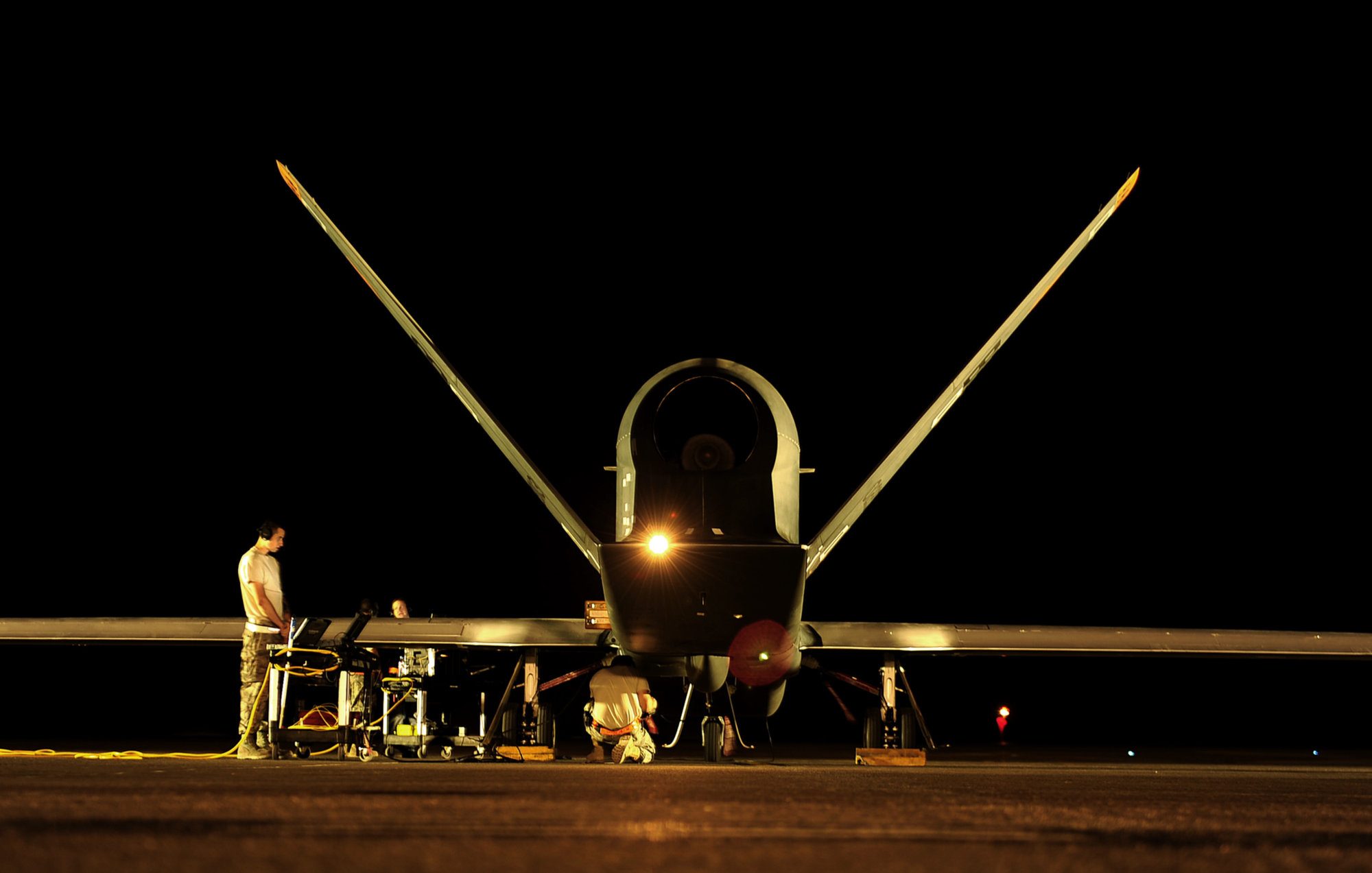
Precision
It is a simple concept—one bomb or missile per target ensures mission goals are achieved rapidly, efficiently, and in a minimal risk fashion versus putting large numbers of mission aircraft at risk trying to net similar results through less precise means. While this concept is often taken for granted in the modern era, it is important to understand that adversaries also recognize this advantage and are seeking to disrupt it through various defensive and offensive means. Leaders must not assume results taken for granted in the permissive environments of Afghanistan or Iraq will work in contested environments against far more capable adversaries.
Precision
It is a simple concept—one bomb or missile per target ensures mission goals are achieved rapidly, efficiently, and in a minimal risk fashion versus putting large numbers of mission aircraft at risk trying to net similar results through less precise means. While this concept is often taken for granted in the modern era, it is important to understand that adversaries also recognize this advantage and are seeking to disrupt it through various defensive and offensive means. Leaders must not assume results taken for granted in the permissive environments of Afghanistan or Iraq will work in contested environments against far more capable adversaries.

New Metrics
The Department of Defense must establish a new set of metrics to determine mission system value on a normalized “cost per effect” or mission-based affordability vantage basis. An undue focus on acquisition unit cost in the absence of mission effectiveness and operational enterprise cost is leading to dubious decisions that undercut combat effectiveness and fiscal common sense.
New Metrics
The Department of Defense must establish a new set of metrics to determine mission system value on a normalized “cost per effect” or mission-based affordability vantage basis. An undue focus on acquisition unit cost in the absence of mission effectiveness and operational enterprise cost is leading to dubious decisions that undercut combat effectiveness and fiscal common sense.
